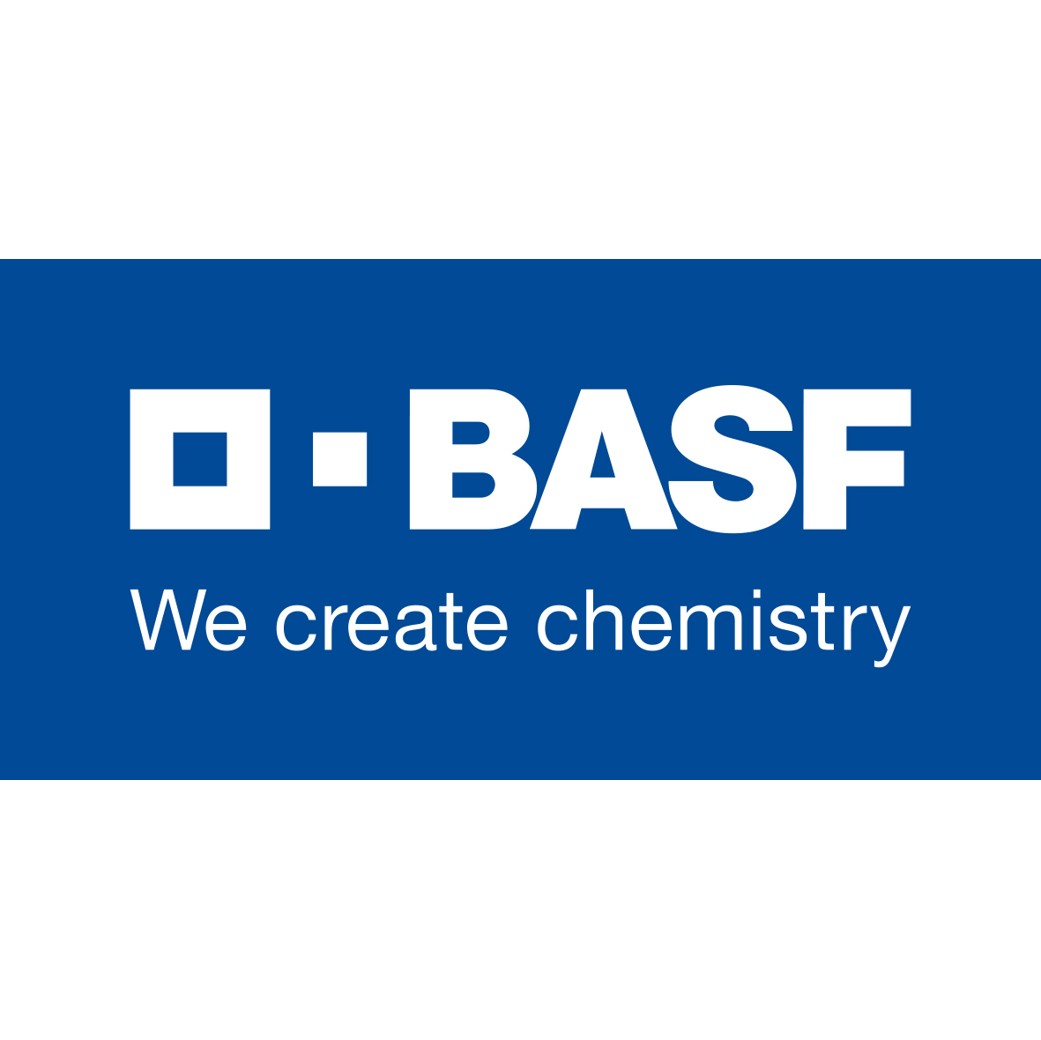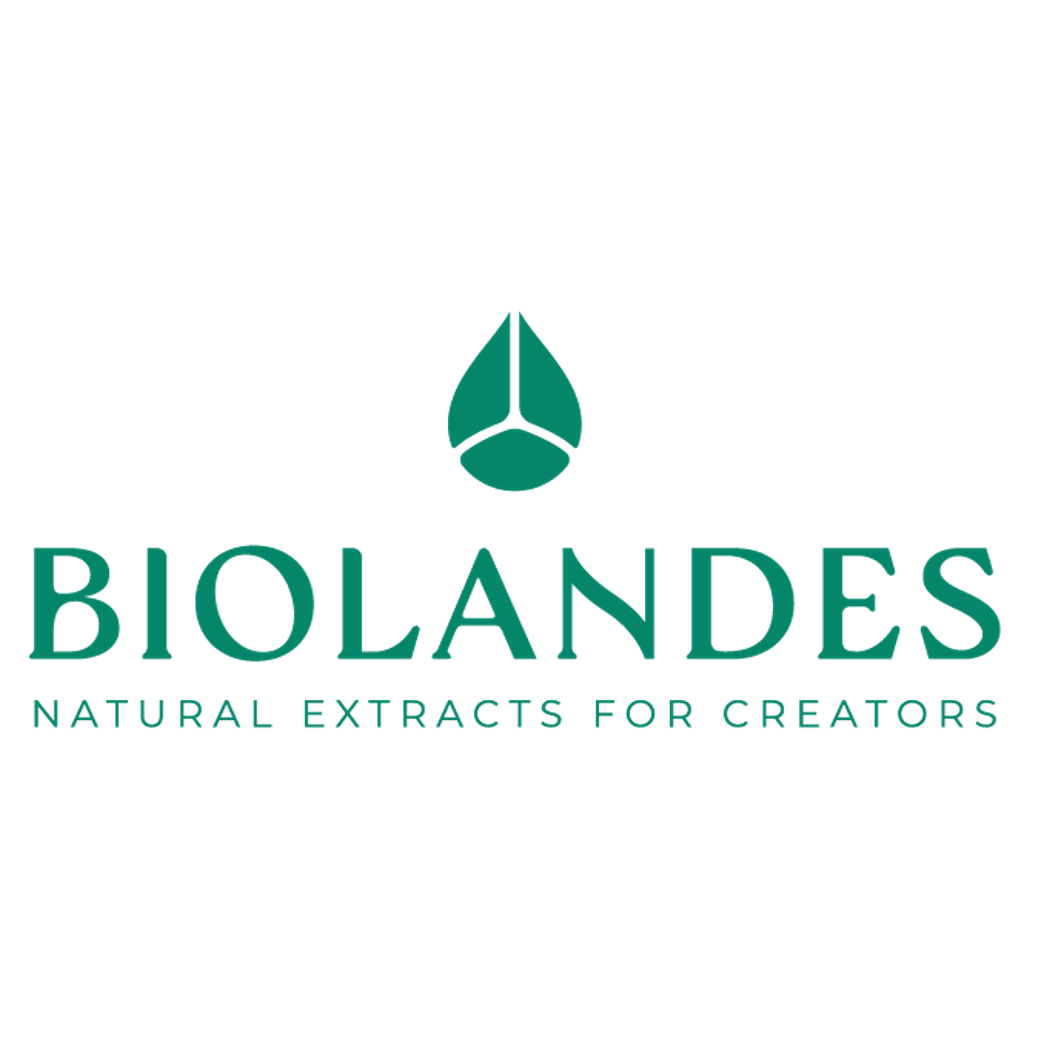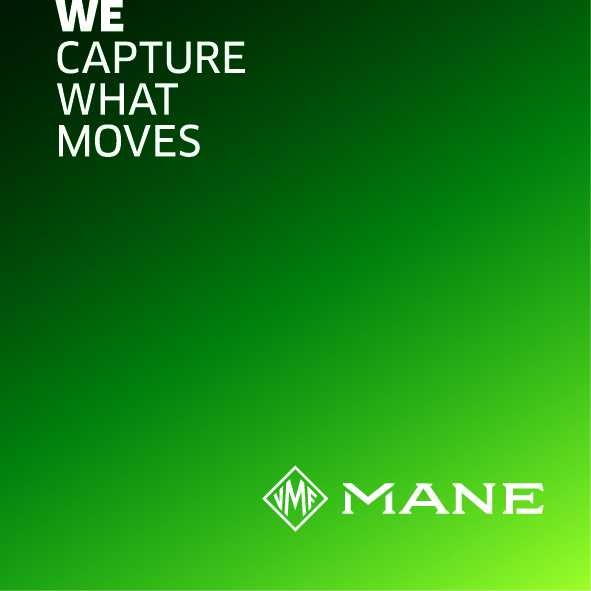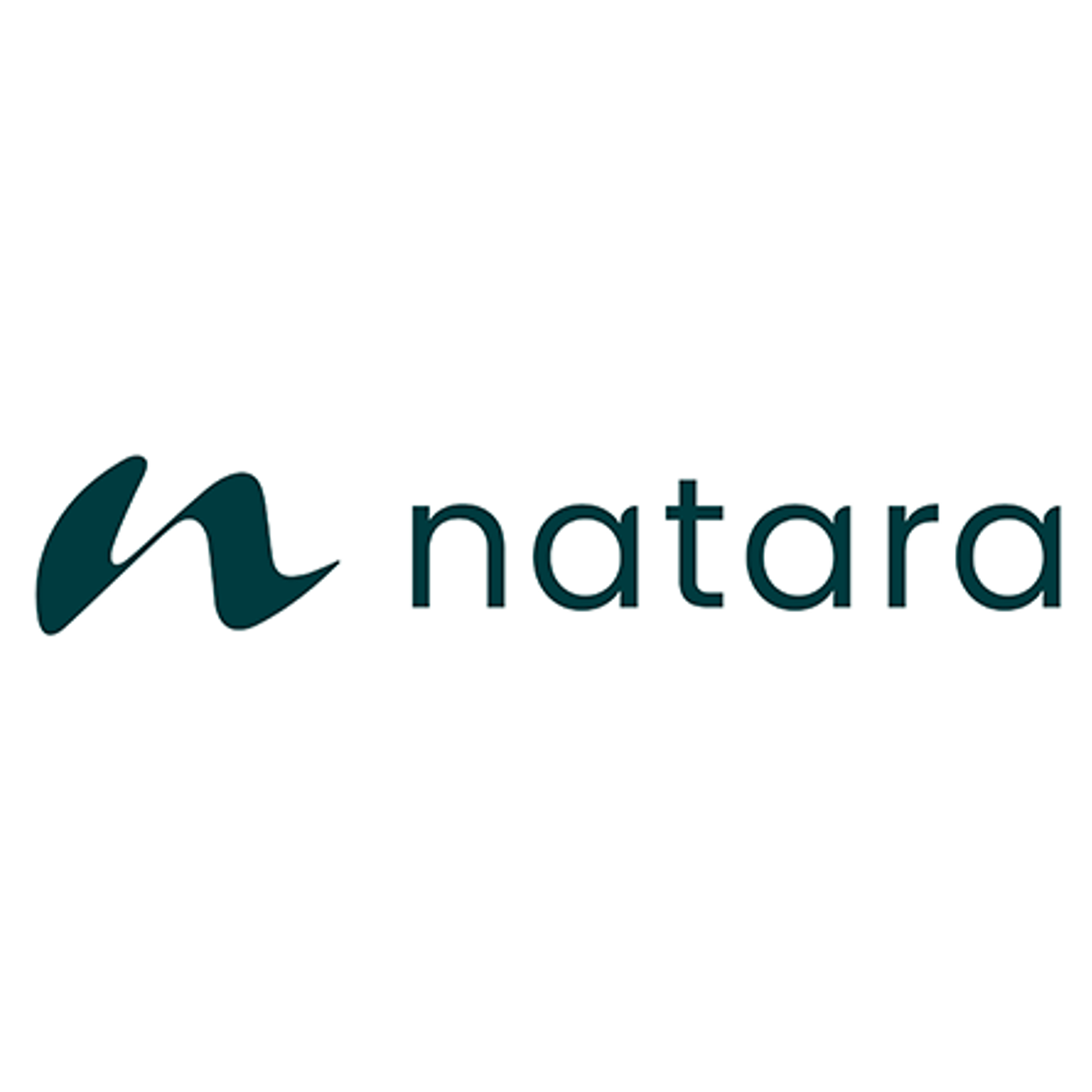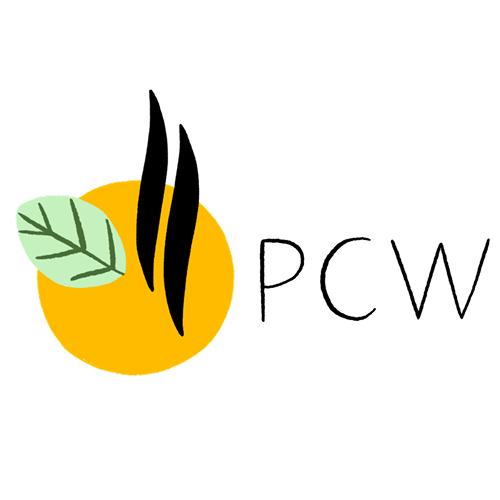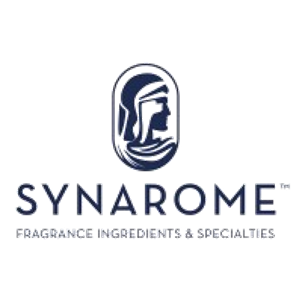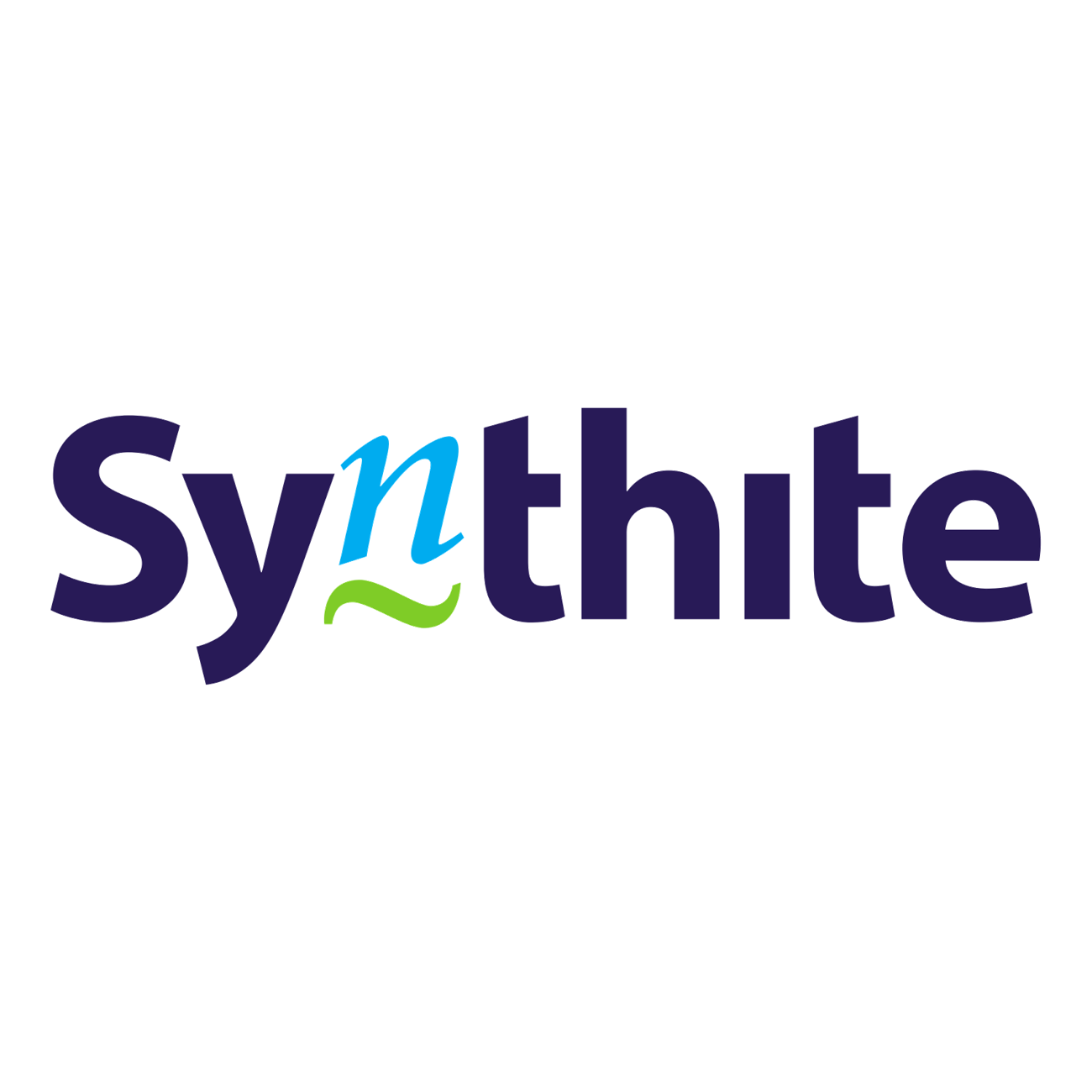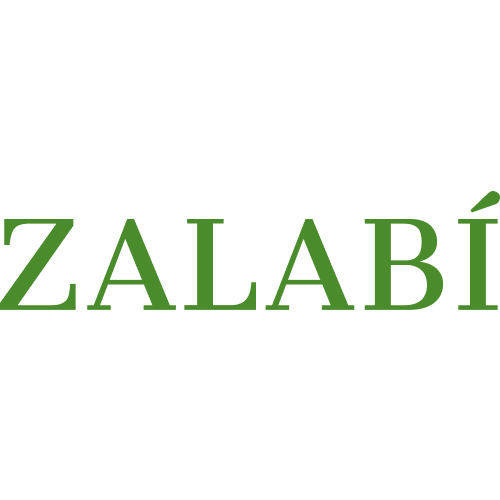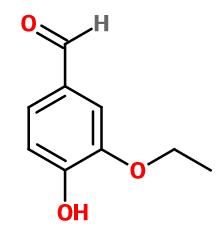
Photo credits: ScenTree SAS
Ethyl vanillin
Balsamic Ambery > Vanillic
3-ethoxy-4-hydroxybenzaldehyde ; Bourbonal ; Ethavan ; Ethovan ; 3-ethoxy protocatechualdehyde ; 2-ethoxy-4-formyl phenol ; 3-ethoxy-4-hydroxybenzaldehyde ; 3-ethoxy-4-oxidanylbenzaldehyde ; Ethyl protal ; Ethyl protocatechualdehyde-3-ethyl ether ; Ethyl protocatechuic aldehyde ; Ethylprotal ; Ethylprotocatechuic aldehyde ; Ethylvanillin ; 4-hydroxy-3-ethoxybenzaldehyde ; Quantrovanil ; Rhodiarome ; Rhodiascent ; Vanirome

Photo credits: ScenTree SAS
| Company | Ingredient Name | ID | Comments | Naturality | Certifications | MOQ | Purity |
|---|---|---|---|---|---|---|---|
|
|
Ethyl Vanilline - 30 Gr | - |
Visit website
|
- | - | - | |
|
|
ETHYL VANILLIN | - |
Visit website
|
- | 10 grs | - |
General Presentation
-
CAS N° :
121-32-4 -
EINECS number :
204-464-7 -
FEMA number :
2464 -
FLAVIS number :
05.019
-
JECFA number :
893 -
Volatility :
Base -
Price Range :
€€
Physico-chemical properties
-
Appearance :
White solid -
Density :
1,186 -
Refractive Index @20°C :
1.440 - 1.450 -
Optical rotation :
Data not available. -
Vapor pressure :
Data not available. -
Flash Point :
145°C (293°F)
-
Molecular formula :
C9H10O3 -
Molecular Weight :
166,17 g/mol -
Log P :
Donnée indisponible. -
Fusion Point :
76°C (168,8°F) -
Boiling Point :
295°C (563°F) -
Detection Threshold :
0,1 ppm (0,00001%)
Chemistry & Uses
Uses in perfumery :
Ethyl Vanillin is used in vanillic and fruity notes, often in association with Vanillin, in smaller proportions, as it is a more powerful product.
Year of discovery :
1894
Natural availability :
Ethyl Vanillin is not available in its natural state.
Isomerism :
Ethyl Vanillin does not have any isomer used in perfumery.
Synthesis precursor :
Ethyl Vanillin may undergo acetalization reactions in the presence of various alcohols or diols. It can also undergo esterification reactions in the presence of carboxylic acids.
Synthesis route :
Ethyl Vanillin synthesis can follow a similar pathway to Vanillin synthesis, starting from Guaethol rather than Guaiacol. A first step consists in reacting Guaethol with glyoxylic acid, at room temperature, in a basic medium and with a slight excess of Guaethol. A catalytic air oxidation of the intermediate product, followed by a decarboxylation in an acidic medium, releasing CO2, allows to obtain Ethyl Vanillin.
Stability :
Becomes red under the effect of light. This raw material is not convenient in every functional base : can't be used in a candle or shower gel base.
IFRA
IFRA 51th :
This ingredient is not restricted for the 51th amendment





